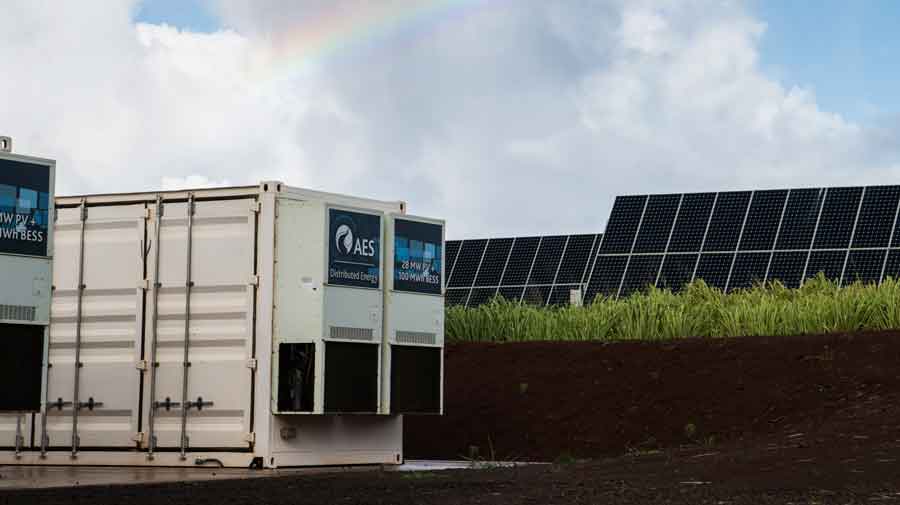New turbines give old dam a boost
ROBBINSVILLE, NORTH CAROLINA - Alcoa Inc. has launched a $110 million project to modernize Cheoah Dam near Robbinsville, N.C., the oldest of four hydroelectric dams Alcoa uses to supply power for its aluminum smelting and refining operations.
Four 90-year-old turbines at the dam, which is on the Little Tennessee River, will be replaced by high-efficiency turbines and other equipment that will boost the power output of the dam by 22 megawatts and extend its life at least another 40 to 50 years, according to Alcoa.
Rick Bowen, Alcoa Energy president, made the announcement during a kick-off event for the project in Robbinsville. Cheoah was built in 1919 and is part of Alcoa Power Generating Inc.'s Tapoco Project, which also includes the Chilhowee, Calderwood and Santeetlah dams. Combined, the four provide Alcoa with 360 megawatts of power.
"Hydropower is clean, renewable, reliable and efficient," Bowen said in a prepared statement. "These attributes equal sustainability - sustainable energy and sustainable jobs."
Bowen was joined at the event by Jacques Beaudry-Losique, wind and water program manager for the Department of Energy's Office of Energy Efficiency and Renewable Energy and by U.S. Rep. Heath Shuler, D-N.C., who represents a Western North Carolina district. The Cheoah project had received a boost from a $12.95 million American Recovery and Reinvestment Act grant issued through the DOE office.
"This project will boost four turbines' generating capacity by 28 percent and serves as a terrific example of how the Recovery Act can expand clean energy while putting people to work," Beaudry-Losique said in a prepared statement.
Shuler touted the economic benefit the dam has provided to the area. Alcoa spokeswoman Christy Newman said the company has no estimate of the number of jobs that will be created by the project, but the main benefit is that the dam will be able to operate for another 50 years.
The project will replace four of the dam's five power generation units with new turbines, generators and transformers. Other plant equipment will be upgraded. The dam's fifth unit, built in 1949, was rebuilt in 1995 and will not be upgraded. In all, the improvements will boost the dam's power generation capacity to 140 megawatts. Newman said the project should have no effect on recreational use of the river.
Alcoa's smelting operation in Blount County has been idled since March 2009 when the price of aluminum plunged. Asked if the Cheoah project is part of preparations to resume the smelting operation if that becomes feasible, Newman said the project is not a pre-condition of resuming the smelter, but "it's just a good thing for the system to have that extra power."
The Cheoah project follows the recent re-licensing of the Tapoco Project by the Federal Energy Regulatory Commission. Newman said Tapoco is unrelated to another Alcoa Inc. project that has had its licensing challenged by North Carolina. Alcoa operates four dams on the Yadkin River in Badin, N.C., that once served an aluminum plant that has been closed. The North Carolina government has been lobbying the regulatory commission to allow the government to take over operation of the dams, located near Charlotte, N.C.
Related News

Egypt's renewable energy to reach 6.6 GW by year-end
CAIRO - Egypt is planning to expand into renewable energy projects in a bid to increase its contribution to the energy mix, the country’s minister of electricity and renewable energy Mohamed Shaker said.
Renewable power is expected to add 6.6 gigawatts (GW) by the end of 2020, with plans to reach 8,200 megawatts (MW) after the completion of the renewable energy projects currently under consideration, Shaker added in a statement on Tuesday.
This came during the minister’s video-conference meeting with the British ambassador to Egypt Geoffrey Adams to explore the potential means for cooperation between the two countries in the electricity sector.




